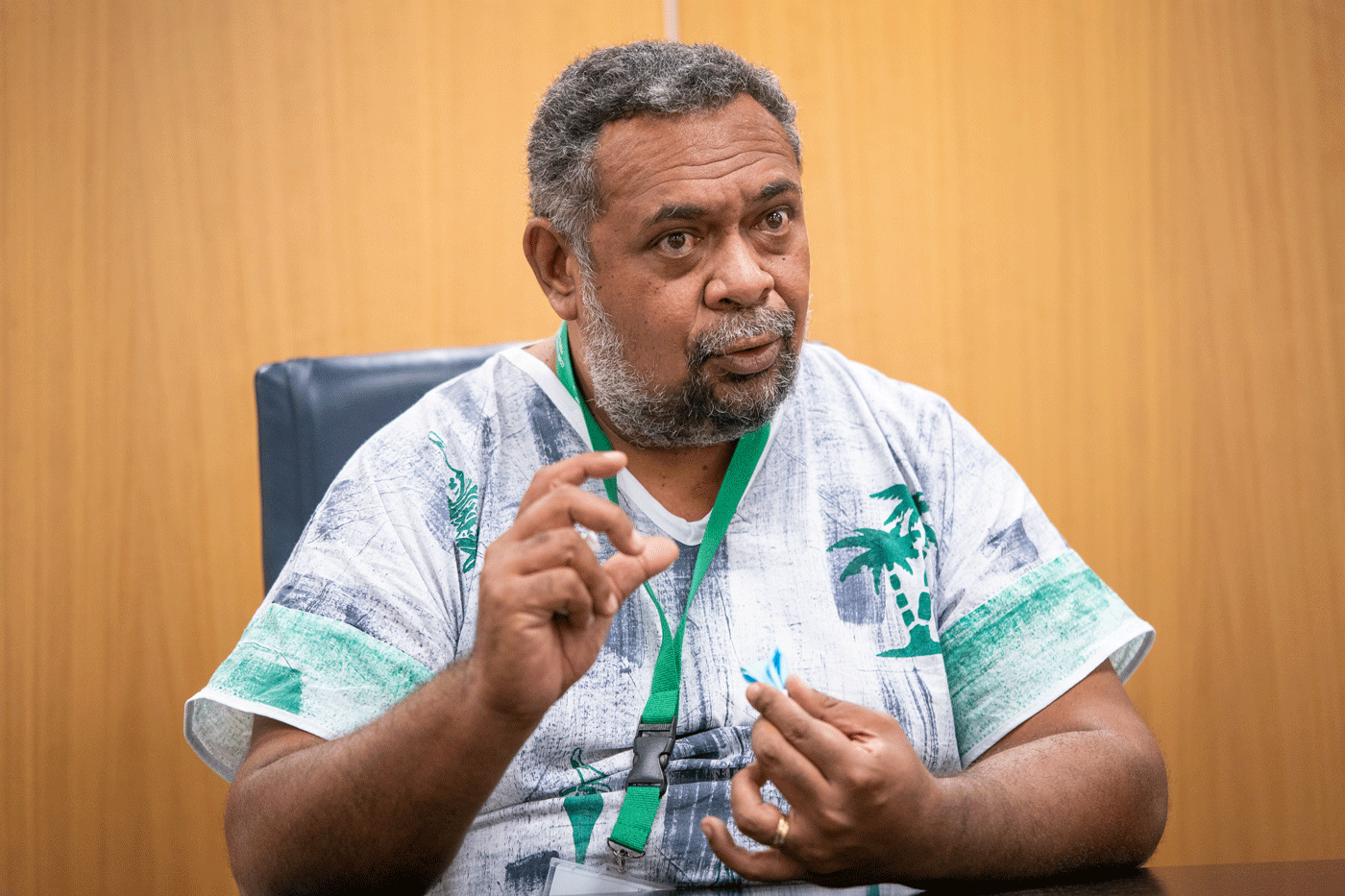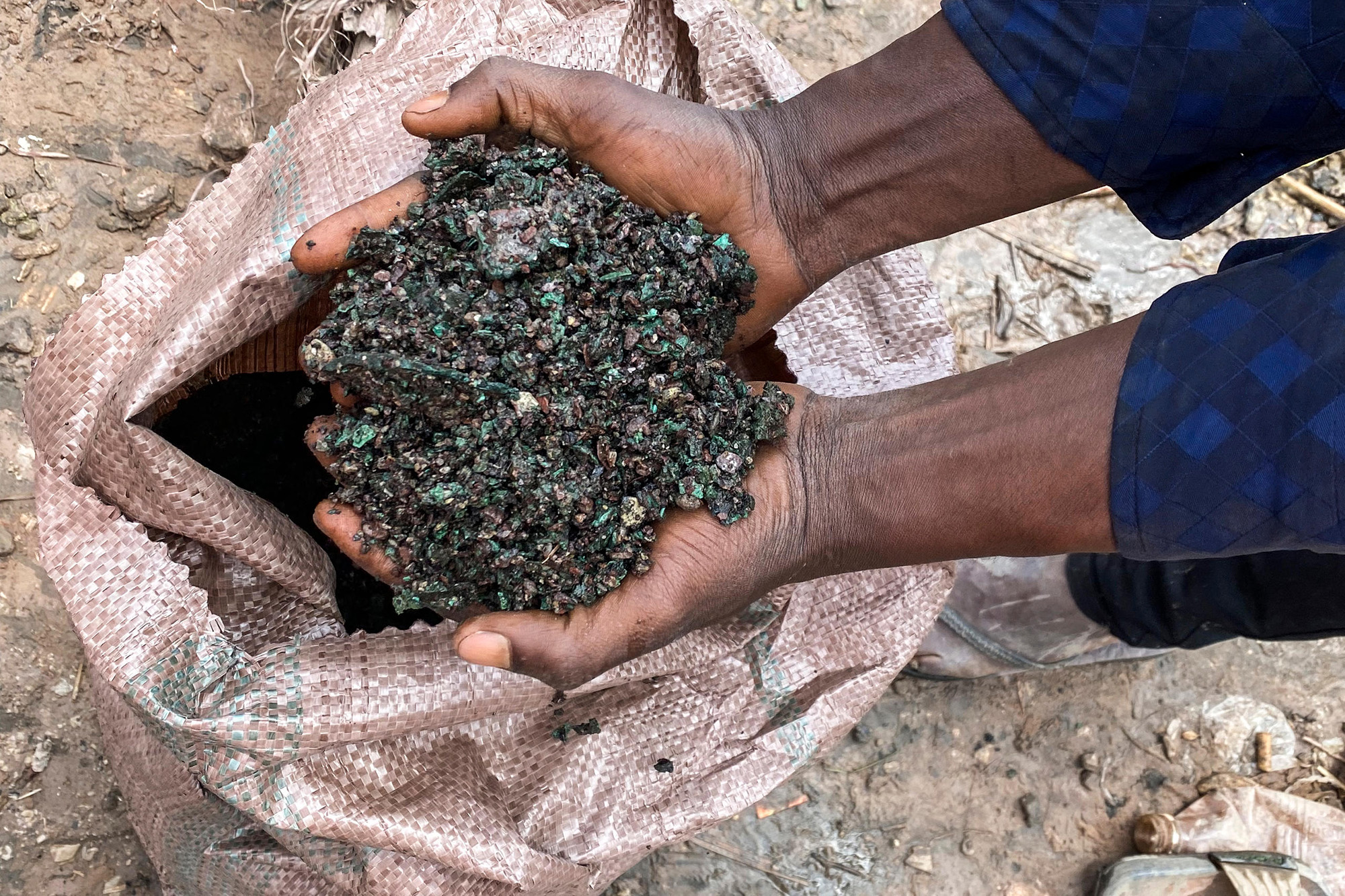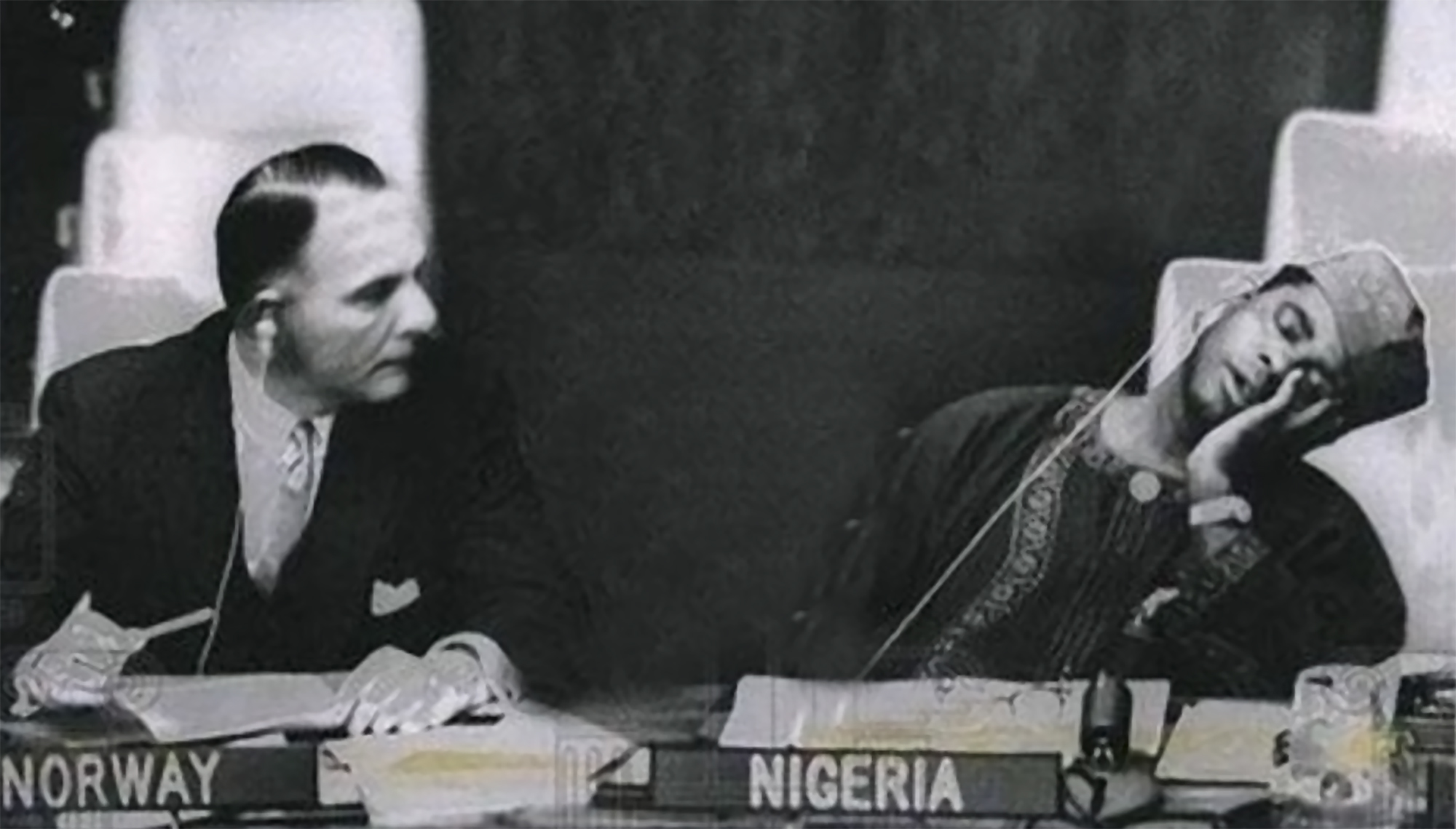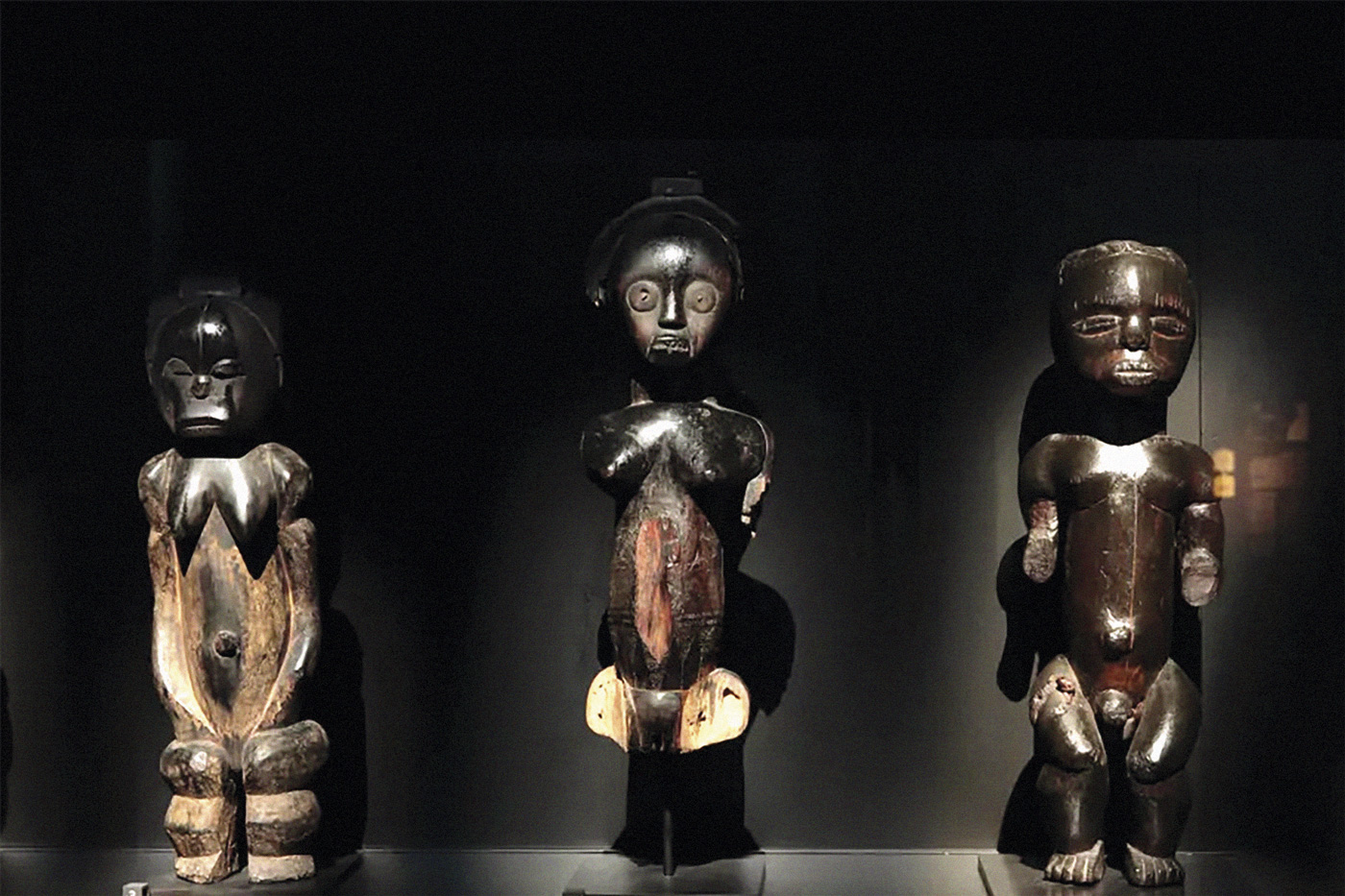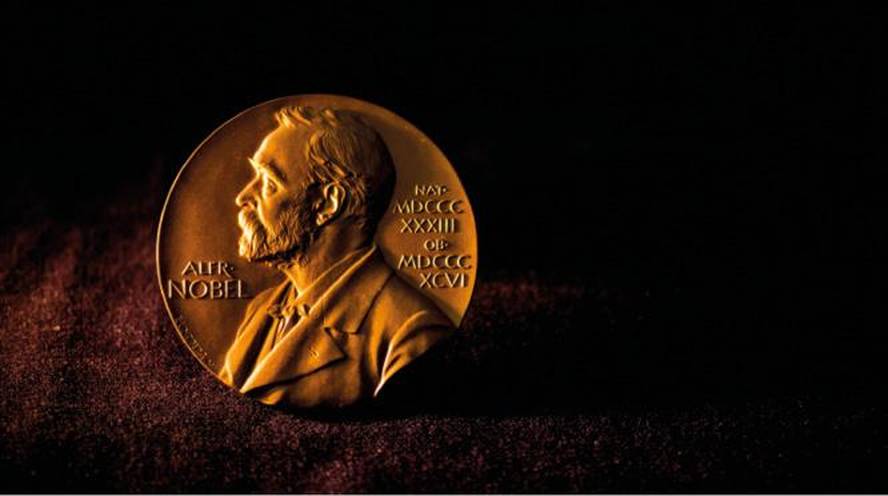Germany returns 21 historic pieces of bronze to Nigeria, looted in the 19th century
- In the 19th century, British soldiers looted valuable bronze images and put them on sale throughout Europe. Many of them stay at the British Museum in London.

The German Government has embarked on a process to restore and repair the damage caused by the plundering of the artistic heritage on African lands during colonialism, making valuable pieces of bronze available to the Nigerian Minister of Culture in the time of the kingdom of Benin. It includes the brass head of a sheep or king, an image of a ceremony and a throne surrounded by a python snake.
These pieces were taken from the city of Benin in a criminal attack of 1897 by British soldiers. Benin, a centuries-old kingdom, possessing a rich culture of trade and bronze, was devastated by the British at the end of the 19th century in full colonization and African oppression.
The pieces were later sold to European museums such as Berlin, Hamburg, Stuttgart and Cologne. "Go back," explains German Foreign Minister Annalena Baerbock, delegating a spectacular ivory mask to the Nigerian minister, The Guardian. Germany returned some 1,000 pieces of this kind to Nigeria legally this summer, and these 21 bronzes are just one example of that.
The authorities want the step taken by Germany to be an encouragement, but many of the pieces legally translated will remain in the German museums lenders.
However, the looted heritage is much wider, and Britain has been accused that this has not yet taken that step. Thousands of stolen pieces are preserved at the British Museum in Benin and elsewhere in Africa in the 19th century. However, his government has permanently frustrated the debate of returning to its place, although small steps have already been taken elsewhere.
For example, a year ago the French State returned 26 works of art stolen at the end of the 19th century to the kingdom of Dahomey, the Gulf of Guinea. However, it is estimated that there are still 88.000 valid pieces left in French museums from sub-Saharan Africa.
The authorities want the step taken by Germany to be an incentive, but many of the pieces legally translated will remain in the German museums provided. So cultural looting, inevitably linked to the current economic and ecological looting of African countries.
Kanakyko Gobernuko kide gisa edo Parisekilako elkarrizketa-mahaiko kide gisa hitz egin zezakeen, baina argi utzi digu FLNKS Askatasun Nazionalerako Fronte Sozialista Kanakaren kanpo harremanen idazkari gisa mintzatuko zitzaigula. Hitz bakoitzak duelako bere pisua eta ondorena,... [+]
Urte bat beteko da laster Pazifikoko Kanaky herriko matxinada eta estatu-errepresiotik. Maiatzaren 14an gogortu zen giroa, kanaken bizian –baita deskolonizazio prozesuan ere– eraginen lukeen lege proiektu bat bozkatu zutelako Paristik. Hamar hilabete pasa direla,... [+]
Andeetako Altiplanoan, qocha deituriko aintzirak sortzen hasi dira inken antzinako teknikak erabilita, aldaketa klimatikoari eta sikateei aurre egiteko. Ura “erein eta uztatzea” esaten diote: ura lurrean infiltratzen da eta horrek bizia ekartzen dio inguruari. Peruko... [+]
I just saw a series from another sad detective. All the plots take place on a remote island in Scotland. You know how these fictions work: many dead, ordinary people but not so many, and the dark green landscape. This time it reminded me of a trip I made to the Scottish... [+]
In 2017, Indonesia and the Netherlands signed an agreement to return the heritage stolen by the European country because of colonialism for three centuries. The Indonesian responsible for the return process, Gusti Agung Wesaka Puja, explained that this agreement "was important in... [+]
The Centre Tricontinental has described the historical resistance of the Congolese in the dossier The Congolese Fight for Their Own Wealth (the Congolese people struggle for their wealth) (July 2024, No. 77). During the colonialism, the panic among the peasants by the Force... [+]
New York, 1960. At a UN meeting, Nigeria’s Foreign Minister and UN ambassador Jaja Wachucu slept. Nigeria had just achieved independence on 1 October. Therefore, Wachuku became the first UN representative in Nigeria and had just taken office.
In contradiction to the... [+]
Washington (EE.UU. ), 1807. The US Constitution banned transatlantic slave trade. This does not mean that slavery has been abolished, but that the main source of the slaves has been interrupted. Thus, slave women became the only way to “produce” new slaves.
So in 1845, in... [+]








